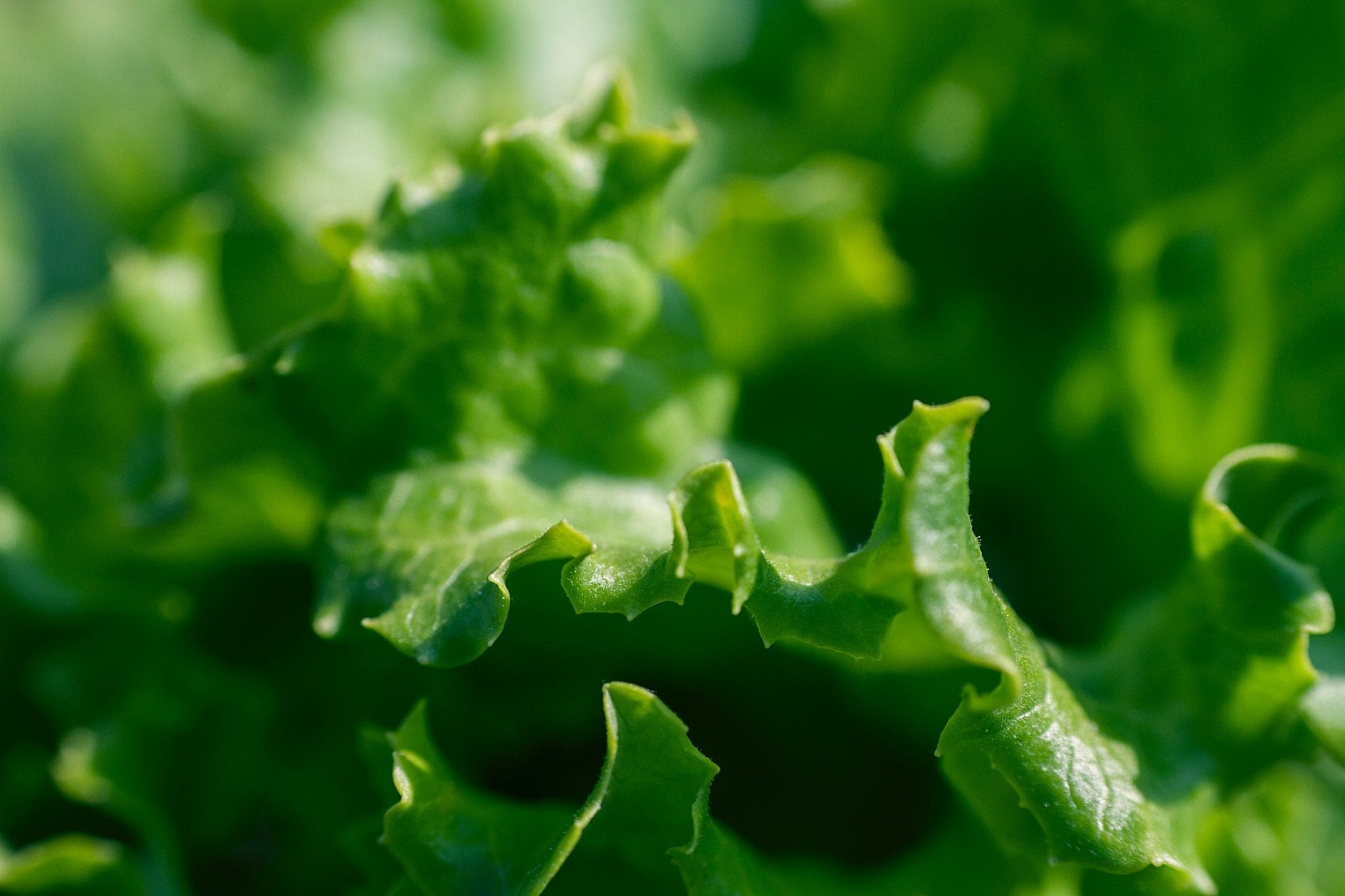Throw Away Your Romaine Lettuce, CDC Warns
The Centers for Disease Control and Prevention (CDC) recently instructed consumers to throw away any store-bought romaine lettuce in their kitchens, at the same time warning restaurants not to serve it. The concerns stem from an E. coli outbreak that has already sickened more than fifty people across several states.
The agency had initially warned against only eating chopped romaine by itself but has expanded this warning to include eating the lettuce as an ingredient in salads and pre-mixed salad bags, saying all products must be thrown away. It has also broadened the warning for the Yuma, Arizona, region, stating all types of lettuce in circulation in that area should be avoided. The agency’s official updated advisory urged consumers nationwide not buy or eat romaine lettuce from any grocery store or restaurant unless they were able to get confirmation it did not come from Yuma.
So far, the outbreak has infected 53 people in 16 states, and at least 31 others have been hospitalized for E. coli symptoms, including diarrhea often with blood, severe stomach pain and cramping and vomiting. Five patients have had kidney failure. No deaths have been reported.

Restaurants and retailers have been told not to serve or sell romaine lettuce from Yuma at all. They were instructed to throw away any lettuce for which the origin could not be traced, although romaine grown in coastal and central California, Florida, and central Mexico is reportedly not at risk. Yuma is roughly 185 miles southwest of Phoenix, Arizona, and is relatively close to the border of California, making the lettuce grown in some areas in California also unsafe.
Steve Alameda, president of the Yuma Fresh Vegetable Association, which represents local growers, said the outbreak has devastated the well-known agricultural region. “We want to know what happened,” Alameda said. “We can’t afford to lose consumer confidence. It’s heartbreaking to us. We take this very personally.”
Arizona growers generally plant romaine between September and January and their farms yield the largest supply of this lettuce type in the U.S. during the peak of the harvest season, which runs from mid-November until the beginning of April. Alameda is going over food safety practices and auditing all operations in his own farming fields as the season is nearly at its close.
Officials have yet to find the origin of the contaminated produce, so more warnings may be issued as the investigation unfolds. They are currently searching the Yuma area and doing field tests trying to find where the problem originated. In the interim, eight prisoners an Alaska correctional facility reported feeling ill after eating from whole heads of romaine lettuce that was traced back to produce harvested in the Yuma region. This case could lead to a break the agency is looking for, as the supply ingested by all eight infected inmates originated from a single supplier.
Generally speaking, outbreak investigations tend to take a significant amount of time in the United States because food is handled and processed by multiple parties as it is distributed nationwide. Typically, animal feces that have come into contact with the produce are to blame for its contamination. Whether this is the issue in the most recent outbreak is yet to be determined.
Sources:
Source of E. coli-contaminated romaine lettuce still a mystery, FDA says


Join the conversation!